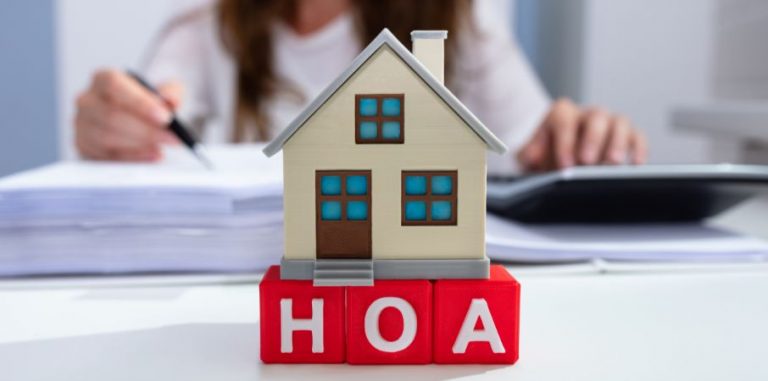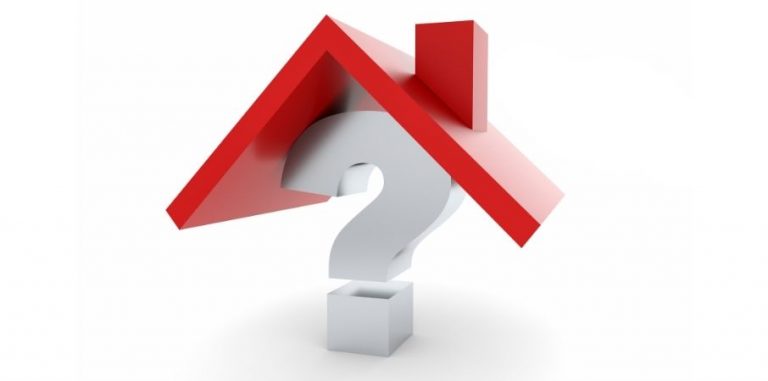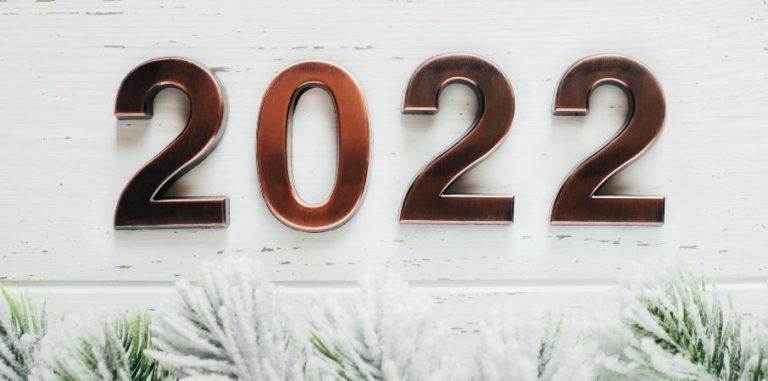Is condition really important?
If you are an experienced Investor – someone who has rented several homes or a home several times – you already know the answer, right?
Of course condition matters.
And while the answer seems simple, we occasionally have to remind some of our Clients that condition does indeed matter.
It matters, most importantly, to your bottom line.
Gone are the days when Landlords could simply offer a house that didn’t leak, provided heat and, attracted a good Tenant.
Today’s Tenant is demanding and, if you don’t react accordingly, you’ll find yourself with a worn out property.
A worn out EMPTY property.
Let’s start by saying you don’t need to overdo things. A desirable rental home need not have granite counter-tops, stainless appliances, or a wet bar in the basement.
However, a desirable rental property does need to be clean, safe and attractive.
Smudged walls? Nope.
Overly stained carpet? Nope.
Known defects? Nope.
Think of it this way: You are selling a product. The better the product looks and performs, the better your financial outcome should be.
There’s a reason car dealerships continually wash the cars they place on the lot and there’s a reason all used cars are detailed.
Below are 3 reasons why the condition of your home really does matter…
- Tenant Quality
- Vacancy Time
- Rent Rate
1. TENANT QUALITY
There’s no secret, top-flight homes attract top-flight Tenants. Crappy homes will attract, well, you know.
Let’s face it… people with stellar credit scores, low rent-to-income ratios, solid references, etc. obviously have a lot of choices and will gravitate, naturally, to nicer homes.
People with poor credit scores, high rent-to-income ratios, and poor or no rental references, are more desperate. They may overlook obvious condition issues because they are more concerned about putting a roof over their head than the quality of carpet or the cleanliness of the home.
Unfortunately, these poorly qualified Tenants create a higher chance of slow payments, evictions, or both.
The condition of your property has a lot to do with who will apply and how they will treat it. Your property’s move-in condition sets the standard for how it should look at the end of a lease term.
In most cases, the better the condition at the beginning of the tenancy, the better the condition will be at move-out.
So, better property almost always equals better Tenant.
2. RENT RATE
Obviously, the condition of your property will determine how much rent you will be able to charge.
If you’re like most Landlords, you probably want to get the highest amount possible, but in order for that to happen, you have to be willing to invest in the home to warrant the optimal rent rate.
In theory, your rental may be worth $1,500 a month, but if the carpet is worn or there are scuffs and marks all over the walls, you’ll have to settle for less.
When evaluating potential rental properties, we typically judge them based on a simple scale:
Grade A Properties (100% of max rent) – For properties that we deem to be Grade A, there’s a pretty strong chance that you’re going to get the maximum rent rate.
Grade A properties don’t have to be absolutely perfect, but pretty close to it. The walls either need to be freshly painted or in excellent condition and the carpet should be new or free of any stains, worn spots, odor, etc.
Fixtures are updated. The home is professionally cleaned. Generally, the home should show great and, as a result, rent quickly.
Grade B Properties (90% of max rent) – These homes will still show well, but will look a little tired. The paint might be faded, and smudges may exist. The carpet will show signs of wear. The yard may need a little love. The fixtures may be older, blinds may have yellowed, etc.
Generally, MOST rental homes fall into this category.
Grade C Properties (80% of max rent) – These homes will look like the old-school rentals. Like someone is trying to provide a place to live, but not trying very hard.
The carpet is very borderline, probably in need of replacement, but the Landlord is trying to “get just once more year out of it.” The walls need paint, but “tell the Tenant they can paint if they want.”
With as many options as there are right now, Renters will not pay top dollar for a sub-par property.
3. VACANCY TIME
As we preach over and over, vacancy is a cash flow killer. Vacancy will almost always create the biggest financial set-back (when considering lost rents, make-ready costs, etc.) that an investor will suffer.
So, it’s critical to minimize it.
Related: 5 Tips to Minimize Vacancy
While Central Indiana is a seasonal market, there’s no reason that a properly prepared and priced property shouldn’t rent in 30 days or less.
And in most cases, Tenant Prospects, if they fall in love with the home, but have some objections to the price, will reach out and try to negotiate. In other words, they are willing to fight for a nice home.
But if they tour a home that obviously isn’t in good shape, they will simply continue to look.
Using the same Grade A, B & C models from above, you can reasonably assume the following:
- Grade A Properties (Lowest Days on Market) – This property should rent faster than any other property, assuming it’s priced within market range. Most Tenant prospects will appreciate a property like this and will move quickly to secure it.
- Grade B Properties (+10 days on market) – These properties likely make up the majority of rental homes on the market today. They will still rent fairly quickly, but, generally, will take a little longer than a home that shows better.
- Grade C Properties (+20 days on market) – We may have understated the time required to rent C grade homes. Price – a significantly lower than max rent price – will play a huge part in getting this home rented. However, no matter how much of a “bargain” the home may seem, a majority of Tenant prospects will not consider it.
What will happen, as we discussed above, is that the applications it does generate will likely be poor in quality. It’s the “throw it against the wall and see what sticks” mentality. Poorly qualified applicants are desperate and will make up a large percentage of applicants on homes like these.
HOW WILL CONDITION AFFECT YOUR BOTTOM LINE?
So, let’s run a quick analysis, assuming a maximum rent rate for a particular property of $1,000. Assume a baseline of vacancy for the Grade A property, with Grade B and C properties taking 10 and 20 extra days, respectively, to rent.
We totally understand that this analysis makes some assumptions. However, we feel like it’s an honest representation of how condition will play a large part in the overall financial success of a property. It’s even a little conservative in our estimation, as we do not include the extra utility and lawn care expense required during extended vacancies.
In this analysis, a Grade A property will, all other things being equal, generate nearly $3,000 more income over a one-year period. That’s substantial. If a Tenant were to stay 3 years, for example, your talking a significant amount of additional money.
Clearly, you have to make some choices here. How much more money will it take to get your B property to achieve an A status? Once you know that, can you re-coop that cost through the additional rents and reduced vacancy? These are all key questions and ones that you, or your Property Management Company, need to answer in order to maximize your return.
Again, your property doesn’t have to be perfect. We get that and, with a few exceptions, most applicants understand that as well.
But in today’s rental market, preparing your property the right way and maintaining it properly, is essential to financial success.









